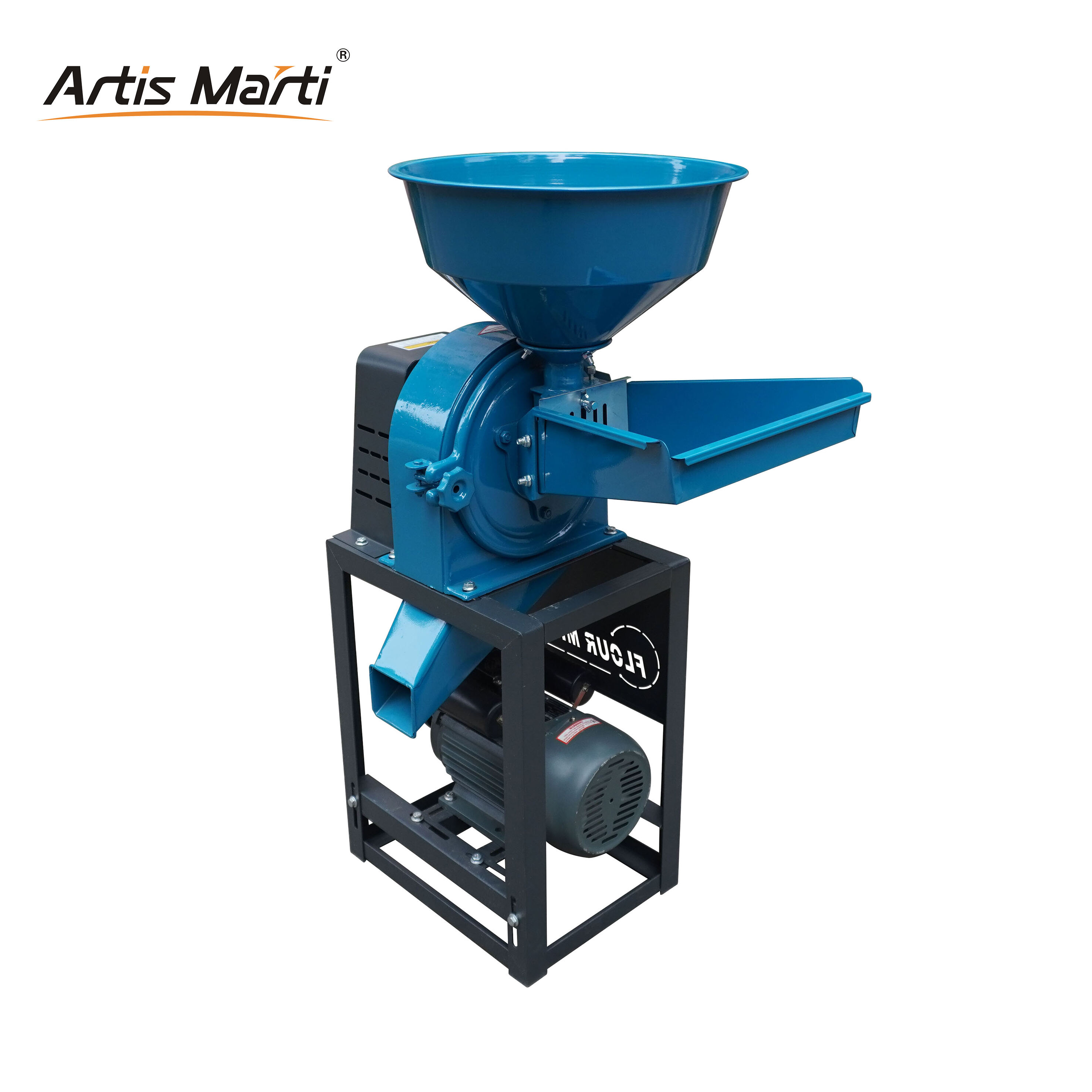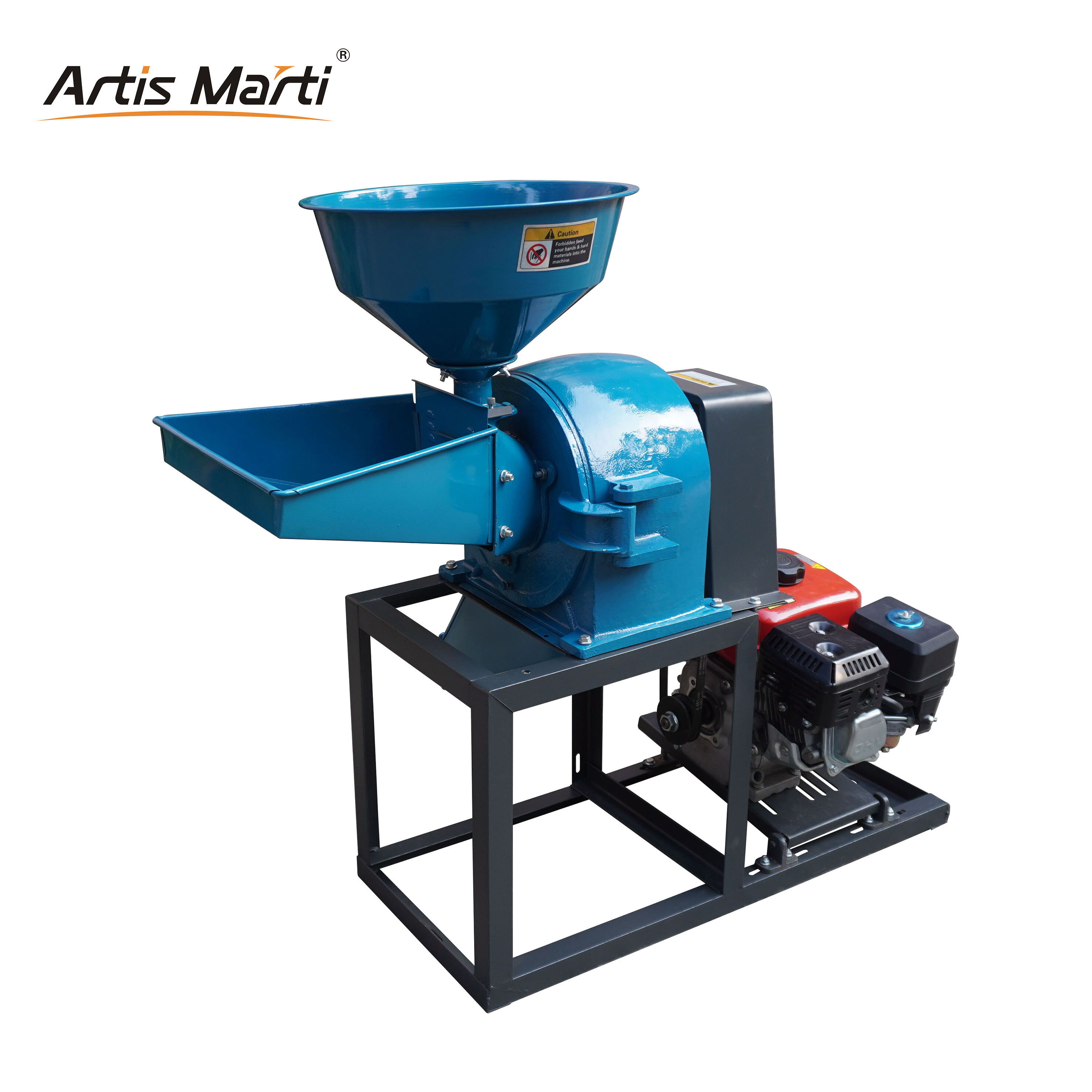grinding corn for feed
Grinding corn for feed is an important part of any high-level animal nutrition process, transforming raw corn kernels into a fine meal that can be consumed by different types of livestock. Corn grinding is achieved through size reduction for increasing the surface area of corn particularly for enzyme action and nutrient absorption, while it also enhances feed efficiency. Modern-state-of-the-art grinders spin at high speeds, and use prcision machined plates or hammer mills to sort particle sizes. They include liquid nitrogen systems where the mill becomes an insulator; pneumatic systems which are used for cryogenic grinding, or bodies with replaceable rubber linings to extend service lives as a workhorse. Use is across the board in dairy, poultry, swine and cattle feed industry where corn happens to be a main energy source. The process allows for animals to get a balanced ration of all nutrients and therefore improves growth productivity.

